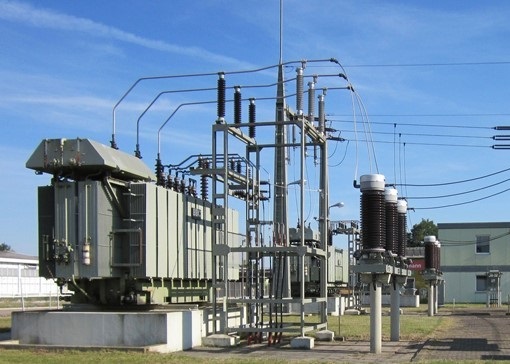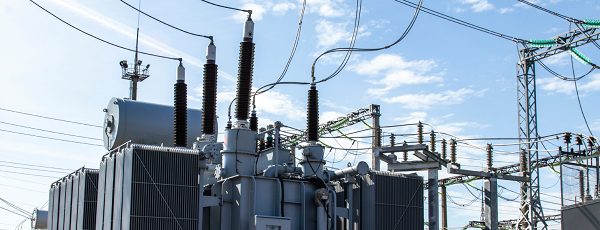BATTERY SIZING
Let us have total load of 16 kW with 0.8 pf, which needs to be supported by battery backup for at least 1 hr, when the grid fails. Before choosing the battery with respect to cost or brand, there are many questions to be answered
- Which type of battery?
- C-rating of the battery?
- What is the UPS Voltage window?
- UPS rating?
- No: of Batteries (blocs) required?
- How many cells per bloc?
- How many blocs in series?
- How many blocs in string (parallel)?
- What is the End Cell Voltage (ECV)?
- What is the Temperature correction factor with respect to the ambient
temperature? - What is the Discharge power per cell with respect to ECV and backup time?
- What is the Discharge current per cell with respect to ECV and backup time?
- What is the ageing factor considering end of life criterion?
- What is the K factor?
- For space constraints, bloc dimensions?
- No: of blocs per rack?
Battery sizing calculation differs with respect to application as well
- UPS
- Telecommunications
- Solar Photovoltaic
REFERENCE STANDARDS / DOCUMENTS:
- IEEE 1184-2006 – Guide for Batteries for Uninterruptible Power Supply Systems
- Highlighted values are taken from reputed vendor catalogue available on the internet for calculation purpose.
UPS BATTERY SIZING CALCULATION:
Battery load of UPS should be calculated by considering the following 4 margin factors as shown below
Actual load / Inverter Efficiency = Nominal battery load
Temperature correction factor x Design Margin x Aging Margin x Overloading factor = Battery load
Selected Battery type Sealed Maintanence Free VRLA.
UPS Output rating = 20 kVA
Output Power Factor = 0.8
Actual Load = 16 kW
Inverter Efficiency (EFF) = 94%
Nominal Battery load = 17.02 kW
Temperature correction factor for 25°C = 1.00
Design Margin = 1.10
Aging Margin = 1.25
Overloading Factor = 1.10
Calculated Battery load = 25.74 kW
End Cell Voltage (ECV) should be maintained
well within the voltage window of the UPS.
Nominal DC voltage = 400 Vdc
Maximum Rectifier equalizing voltage = 432 Vdc
Inverter low voltage cut-off = 290 Vdc
Voltage drop of DC cables is assumed = 2 Vdc
Minimum required UPS voltage = 292 Vdc
Boost charge = 2.4 Vdc
Equalizing Cell Voltage = 2.25 Vdc
End cell Voltage (ECV) Selected = 1.75 V/Cell
Nominal Cell Voltage = 2 V/Cell
Battery Model Selected = LX-12 150
Total No.of cell x ECV > Cut-off voltage
Let us assume 1 hr be the required backup time
Minimum number of cells required = 166.86 Nos.
Total number of cells selected = 180.00 Nos.
Backup time = 60 mins.
Required cell discharge for 1hrs in Watts = 143.03 W/cell
Available cell discharge for 1hrs in Watts = 203 W/cell
No.of strings = 1 Nos.
Number of cells per bloc = 6 Nos.
As the selected battery bloc is 12V
(Total No.of 2V cells) / 6 = No.of Blocs
180/6 = 30
Number of blocs required = 30 Nos.
UPS datasheet:





Dear team,
Thanks for the detailed explanation of the battery sizing.
I’ve one doubt about the available cell voltage value of 203W/cell. How it comes actually? As I’m getting 25740/166.87=154.25Wcell.
Sir, Can you guide me on the same.
With regards,
Sanket D
The calculation of these i couldn’t understand
Required cell discharge for 1hrs in Watts = 143.03 W/cell
Available cell discharge for 1hrs in Watts = 203 W/cell
AH of battery calculation also please share
Thanks for information team.
is this calculation can be done in ETAP using Battery Sizing Module?